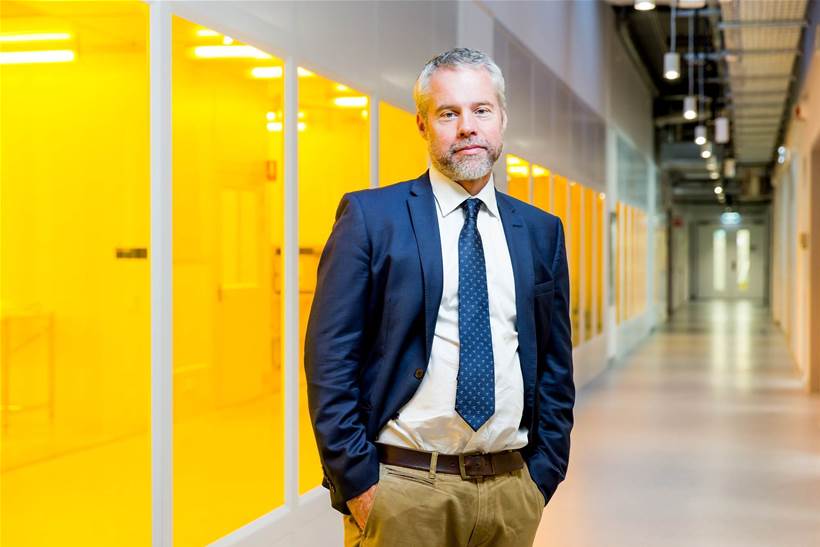A team of researchers from the University of Sydney and the University of New South Wales (UNSW) has been established with the goal of providing state-of-the-art solutions in chemical and physical sensing for New South Wales.
Dubbed the ‘NSW Smart Sensing Network (NSSN)’ and backed by the NSW Government, the initiative was officially launched at the Australian Institute for Nanoscale Science and Technology's (AINST) headquarters at the University of Sydney, the new $150 million Sydney Nanoscience Hub.
The NSSN has a number of strategic objectives, including: to connect various stakeholders in seeking innovation solutions, provide thought leadership in the smart sensing space, drive cutting-edge research into sensing technologies, and maintain strong links with industry to enable the transition from research to commercialisation.
The network will be co-spearheaded by Professors Benjamin Eggleton of the University of Sydney and Justin Gooding of UNSW, and has the full support of the NSW Government’s Department of Industry.
The group has already begun work on a number of key areas, including:
- Air sensing – using a range of photonic techniques and optical sensors to detect and measure gases and particles in the atmospheres of high-impact areas such as the coal transport corridor in the Hunter Valley and in tunnels
- Wildlife – using advanced video and audio monitoring sensors to detect and monitor native wildlife such as koalas
- Biomedical – repurposing glucose biosensors to detect other diseases such as sepsis and kidney disease
- Wearables – researching the use of polyurethane optical fibre as pressure sensors to measure patient or sportsperson movement, breathing, and pulse
- Water quality – designing a portable ion mobility spectrometer to detect low concentrations of substances rapidly from complex environmental samples
The Office of the Chief Scientist and Engineer, NSW Department of Industry, UNSW and the University of Sydney have jointly provided seed funding for the venture.
The hope is that the NSSN can become a self-sustaining entity and become an attractive investment proposition for various funding sources, such as the Australian Research Council, the National Health and Medical Research Council, the Cooperative Research Centres Association, venture capitalists and industry sources.
Professor Gooding said that he envisages the sensors the NSSN develops will solve local challenges and provide global opportunities.
“Sensors are solutions to really important problems, and those solutions can then have global significance,” he said.
“For us, this network is not just about publishing papers, but it’s really about solving problems for NSW and those with global significance, and to solve problems in a way that the solution can get to the end user in the form of technology that’s developed in NSW, disseminated and sold around the globe.”
Professor Eggleton added: “NSSN brings together some of Australia’s top physical scientists, chemical scientists, and engineers.”
“And not only do we have the academic credentials, but we have the track record in terms of engaging with industry and commercialisation, with both universities having plenty of experience in both areas.
“We’re excited as we move into the next phase, to grow this venture, to reach out to the broader community, and around Australia.”
Stay tuned for a feature series that will examine each of the NSSN’s current projects in depth.







